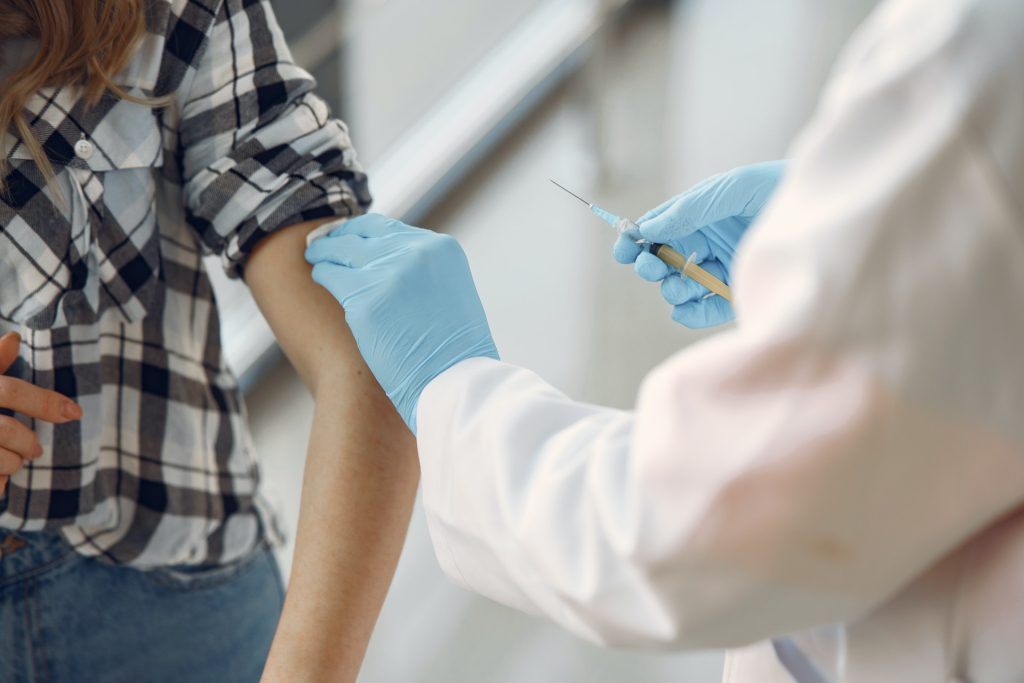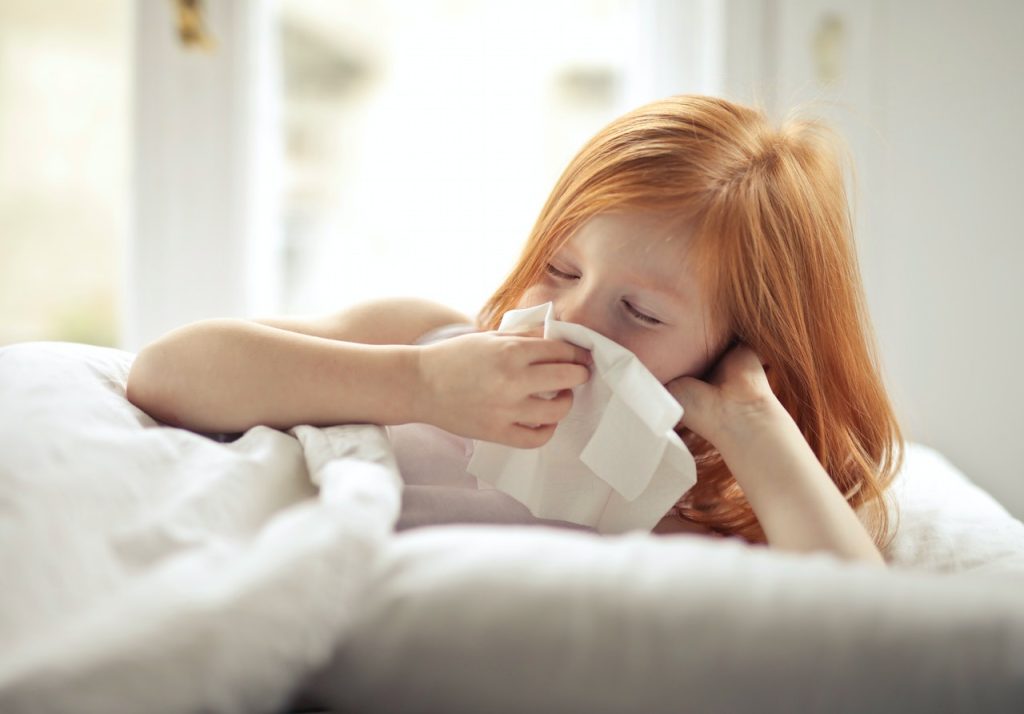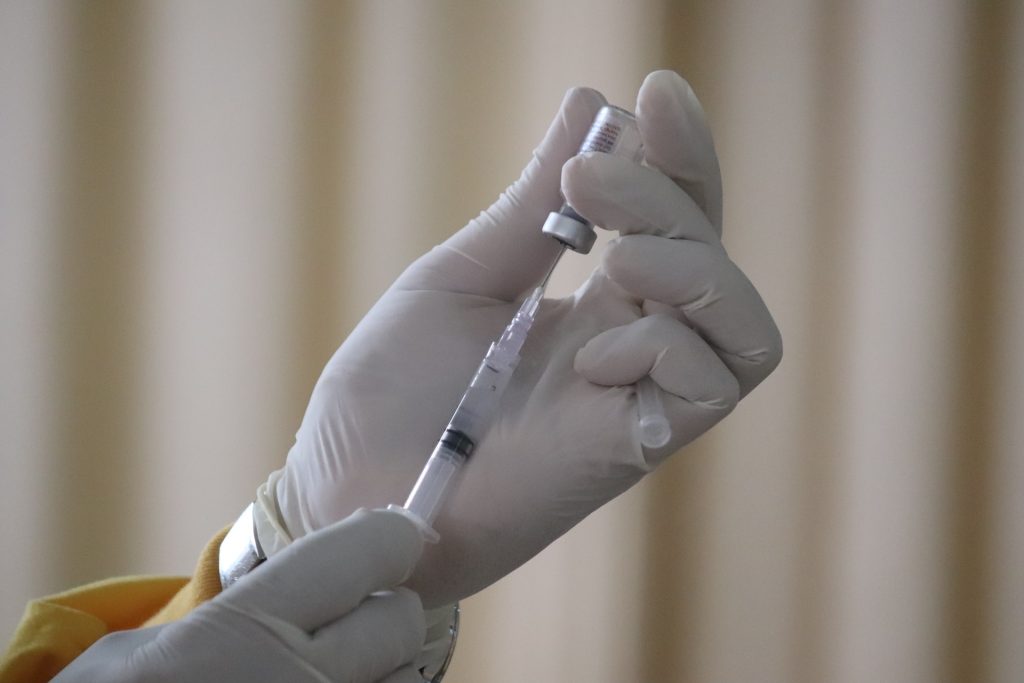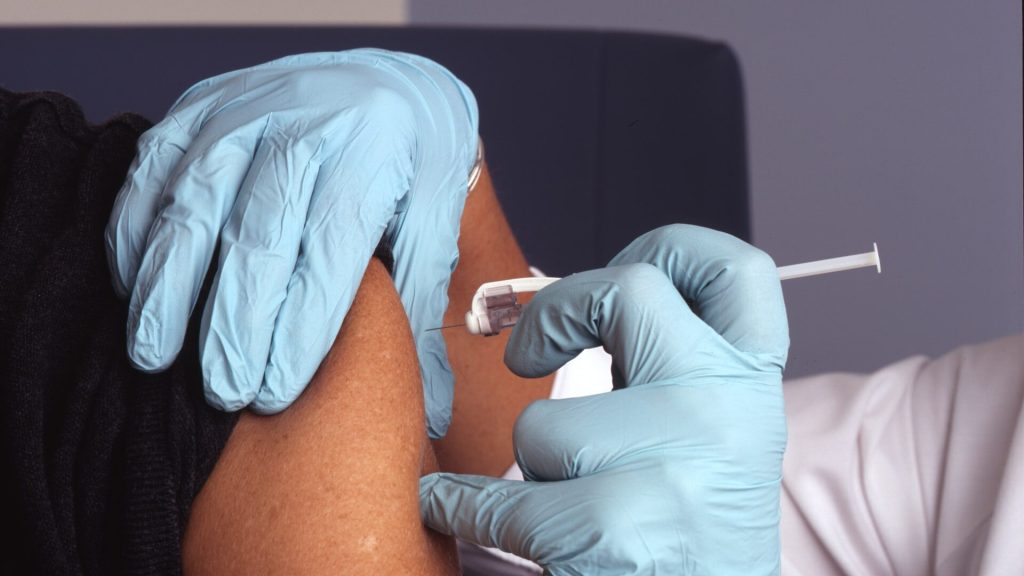Metabolic Health before Flu Vaccination Determines Its Effectiveness
A four-week healthy diet improved the effectiveness of a flu vaccine given to obese mice

Scientists at St. Jude Children’s Research Hospital have shown that improving metabolic health in obese mice before vaccination, but not after, protects against influenza virus.
Metabolic health (normal blood pressure, blood sugar and cholesterol levels, among other factors) influences the effectiveness of influenza vaccinations. Vaccination is known to be less effective in people with obesity compared to those with a healthier body mass index (BMI), but St. Jude Children’s Research Hospital scientists have found that the difference is attributable not to obesity itself, but rather metabolic dysfunction. In a study published in Nature Microbiology, the researchers found that switching obese mice to a healthy diet before flu vaccination, but not after, completely protected the models from a lethal dose of flu, despite BMI.
“We found that the vaccines worked effectively if at the time of vaccination an animal is metabolically healthy,” said corresponding author Stacey Schultz-Cherry, PhD, St. Jude Department of Host-Microbe Interactions and Center of Excellence for Influenza Research and Response co-director. “And the opposite was also true: regardless of what the mice looked like on the outside, if they had metabolic dysfunction, the vaccines did not work as well.”
Prior research has shown that 100% of obese mice succumbed to influenza after exposure, even after vaccination. Contrary to the scientists’ original expectations, when mice who were vaccinated while obese returned to a healthy weight, outcomes did not improve. These now outwardly healthy mice still all succumbed to disease when exposed to the real virus. Only switching to a healthy diet four weeks before vaccination improved survival, with drastic effect, despite high BMI.
“We were excited to see this effect because mice with obesity are so susceptible to severe disease and succumbing to the infection,” Schultz-Cherry said. “Getting 100% survival with the vaccine where we had only seen 0% survival was impressive.” The improved survival suggests the researchers have discovered a greater underlying principle determining influenza vaccine efficacy.
Metabolic dysfunction hinders the immune system
While studying how metabolic function influences influenza vaccine responses, the scientists found that poor metabolic health causes immune system dysfunction. T cells, the primary immune cells involved in anti-viral responses, failed to act in animals that had been in an unhealthy metabolic state at the time of vaccination, even during later viral exposure. Even when the animals ate a healthy diet after vaccination and maintained a normal BMI, the anti-flu T cells were “frozen” in that dysfunctional state.
However, a healthy diet before vaccination improved T-cell function, which resulted in a robust anti-flu response during later exposure.
“The T cells were better able to do their job in the metabolically healthy mice at the time of vaccination,” Schultz-Cherry said. “It wasn’t a matter of the numbers of them or the types of them. It was their functional activity. There were plenty of them in the lungs, not working. The healthy diet switched them from not working to functioning properly, but only if the switch occurred before vaccination.”
The earlier healthy diet also improved inflammation. Pro-inflammatory cytokines are upregulated in obese animals. Schultz-Cherry’s team found that models also returned to a lower basal cytokine level when switched to a healthy diet before vaccination.
“A healthy diet lowered some of the systemic meta-inflammation in these animals, and they regained some of the epithelial innate immune responses,” said Schultz-Cherry. “We started seeing better signalling of things like interferons, which we know is problematic in obesity and in general saw the immune system starting to function the way that it should.”
Improving metabolic health may improve influenza vaccine effectiveness
“What we found and are emphasising is that it’s not the phenotype of obesity that matters; it’s really about metabolic health,” Schultz-Cherry said. “It’s metabolic health at that moment of vaccination that really makes a difference.”
The study was restricted to mice, but it does open research opportunities to improve influenza vaccine efficacy in humans. The findings suggest methods of improving metabolic health may also improve subsequent influenza vaccinations. Given the recent introduction of metabolic improvement drugs, especially glucagon-like peptide 1 (GLP-1) agonists, there may be potential for a cooperative effect.
“We don’t know for sure, but if the outcome of using GLP-1 drugs is weight loss and improved metabolic health, we would hypothesise that it will help,” Schultz-Cherry said. “But we do know that we can do better protecting our vulnerable populations, and this study is a start for understanding how.”








